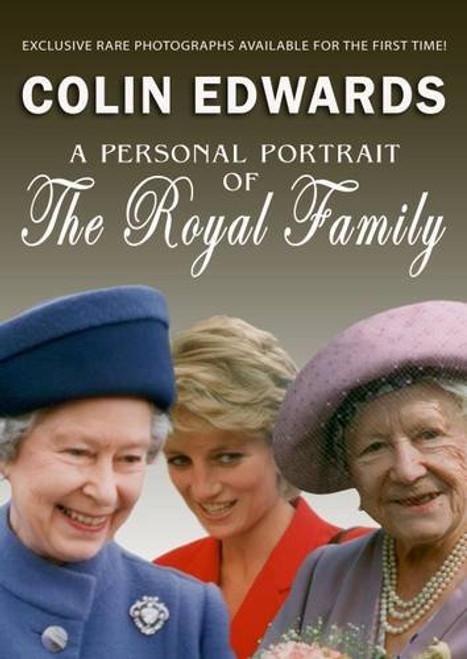Vienna and its Secessionist movement at the turn of the last century is the focus of this extraordinary social portrait told through an eminent Viennese family, headed by Hermine and Moriz Gallia, who were among the great patrons of early-twentieth-century Viennese culture at its peak.
Good Living Street takes us from the Gallias middle-class prosperity in the provinces of central Europe to their arrival in Vienna, following the provision of Emperor Franz Joseph in 1848 that gave Jews freedom of movement and residence, legalized their religious services, opened public service and professions up to them, and allowed them to marry.
The Gallias, like so many hundreds of thousands of others, came from across the Hapsburg Empire to Vienna, and for the next two decades the city that became theirs was Europes center of art, music, and ideas.
The Gallias lived beyond the Ringstrasse in Viennas Fourth District on the Wohllebengasse (translation: Good Living Street), named after Viennas first nineteenth-century mayor.
In this extraordinary book we see the amassing of the Gallias rarefied collections of art and design; their cosmopolitan society; we see their religious life and their efforts to circumvent the citys rampant anti-Semitism by the familys conversion to Catholicism along with other prominent intellectual Jews, among them Gustav Mahler. While conversion did not free Jews from anti-Semitism, it allowed them to secure positions otherwise barred to them.
Two decades later, as Kristallnacht raged and Vienna burned, the Gallias were having movers pack up the contents of their extraordinary apartment designed by Josef Hoffmann. The family successfully fled to Australia, bringing with them the best private collection of art and design to escape Nazi Austria; included were paintings, furniture, three sets of silver cutlery, chandeliers, letters, diaries, books and bookcases, furschinchilla, sable, sealskinand even two pianos, one upright and one Steinway.
Not since the publication of Carl Schorskes acclaimed portrait of Viennese modernism, Fin-de-Sicle Vienna, has a book so brilliantlyand completelygiven us this kind of close-up look at turn-of-the-last-century Viennese culture, art, and daily lifewhen the Hapsburg Empire was fading and modernism and a new order were coming to the fore.
Good Living Street re-creates its world, atmosphere, people, energy, and spirit, and brings it all to vivid life.
Good Living Street: Portrait of a Patron Family, Vienna 1900
$58.82 - $60.28
- UPC:
- 9780307378804
- Maximum Purchase:
- 2 units
- Binding:
- Hardcover
- Publication Date:
- 2011-11-15
- Release Date:
- 2011-11-15
- Author:
- Tim Bonyhady
- Language:
- english
- Edition:
- 1







